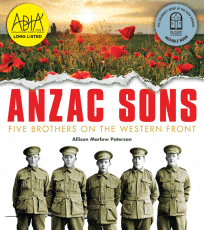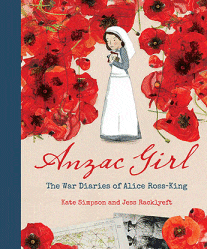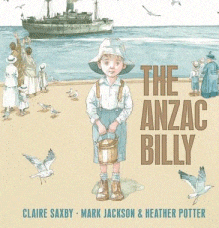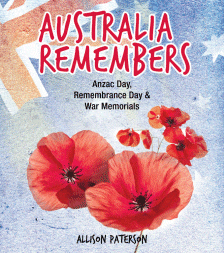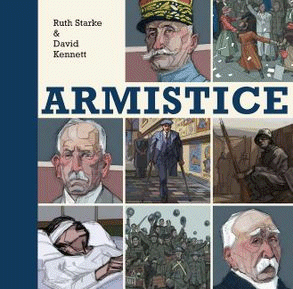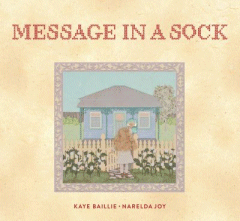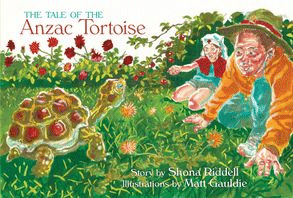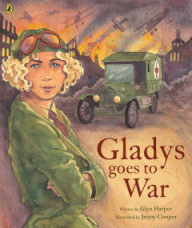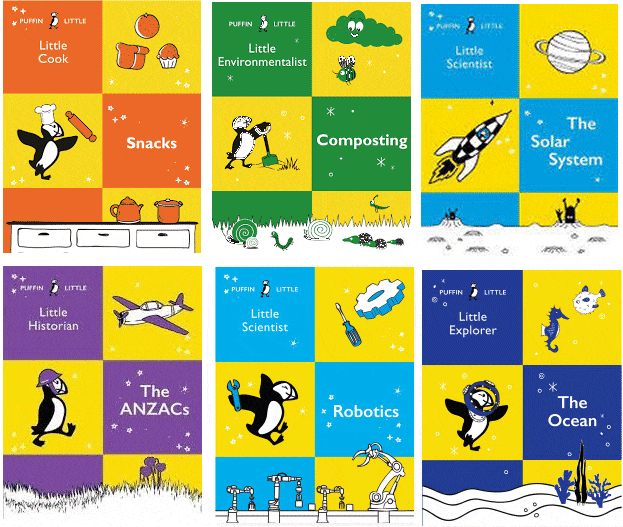
Puffin Littles
Puffin Littles
9781760897000
9781760897017
9781760897031
9781760897024 (Sept 2020)
9781760897680 (Sept 2020)
9781760897666 (Sept 2020)
96pp., pbk., RRP $A12.99
A familiar symbol in and on children’s literature for 80 years, Puffin introduces our young readers to a whole range of interesting information in this new series of non fiction titles, the perfect size for little hands. In them, he talks directly to the reader sharing information in manageable chunks in a layout that not only appeals but also supports their reading skills and their interests.
Little Cook: Snacks focuses on the fundamentals of cooking and preparing food; Little Environmentalist: Composting teaches them about composting and recycling to make a difference while Little Scientist: The Solar System takes them on a journey around the planets. Planned for September are three more which explore the ocean, robotics and the ANZACs.
Not all children like to read fiction and so this series caters for both the newly independent reader and those who are almost there using its narrative style voiced by that iconic character to offer more than just a book of facts and figures. The contents page to help them navigate to a specific page and the glossary to build and explain vocabulary help develop those early information literacy skills while the quiz on the final page consolidates what has been learned.
Young readers will appreciate this series because there has clearly been a lot of thought put into addressing their unique needs as emerging readers as well as tapping into subjects that appeal.
